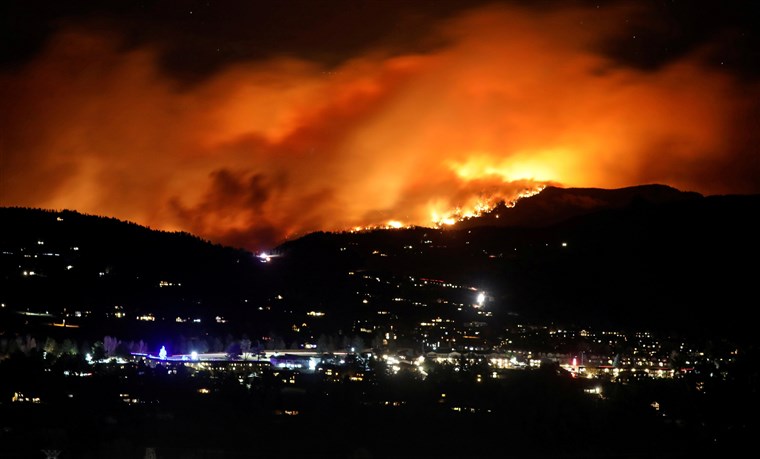This post was originally published on Healthy Forest
In the American West, the threat of wildfire no longer stops at the edge of the forest—it’s now hitting homeowners directly in their wallets. The cost of living with wildfire risk is showing up in a place many didn’t expect: their home insurance bills.
Across California, Colorado, New Mexico, and beyond, property insurance premiums are spiking. Entire zip codes are being flagged as too risky. Some residents are getting dropped altogether, while others are forced onto expensive last-resort plans—if they can find coverage at all.
It’s easy to blame climate change or insurance companies, but the deeper issue lies in the forests themselves. Much of the West is a patchwork of overgrown federal land, choked with dead trees and dry fuels that make catastrophic wildfires more likely every year.

While private property owners are investing thousands to fireproof their homes—clearing vegetation, replacing roofs, installing defensible space—federal lands remain dangerously overstocked. These forests are not just neglected; they’re increasingly hazardous. And when a wildfire breaks out on unmanaged federal forests, it doesn’t stop at the boundary line.
In many Western states, the federal government owns more land than anyone else. Yet it continues to struggle with the pace and scale of forest management. The U.S. Forest Service takes an average of 3.6 years to implement a project after completing environmental review. That’s not fast enough when entire communities are at risk.
Meanwhile, a steady drumbeat of lawsuits from anti-forestry groups continues to delay or halt urgently needed projects. In places like Northern California, Arizona, and Oregon, these lawsuits have blocked fuel reduction efforts for years—leaving communities to face the consequences.
The results are clear: longer, hotter fire seasons. More property loss. More smoke. Higher insurance rates. And greater financial pressure on families and rural economies.
Fortunately, there’s a path forward. Earlier this year, the U.S. House passed the Fix Our Forests Act, a bipartisan bill that would streamline environmental planning, expand the use of proactive tools like fuel breaks and thinning, and reduce legal gridlock. It’s not a silver bullet, but it’s a solid step toward treating wildfire risk where it begins—on the land.
Congress must now take the next step by advancing a Senate version of this bill that includes meaningful litigation reform and faster timelines for fuel reduction projects. This is not a partisan issue. Wildfires don’t care about politics, and neither do insurance companies.
Western families are being forced to shoulder the cost of federal inaction. And those costs are rising fast—whether it’s through insurance premiums, lost coverage, or the growing public price tag of wildfire response and recovery.
The best way to protect homes is to reduce the fuel loads that make fires so destructive in the first place. That means managing forests before they burn, not just reacting afterward.
The West needs a new approach—one rooted in responsibility, science, and urgency. The insurance crisis is just the latest warning sign. If the federal government doesn’t change course, more communities will be priced out, burned out, or left behind.
The flames are getting closer. The time to act is now.
Source: Healthy Forest





0 Comments